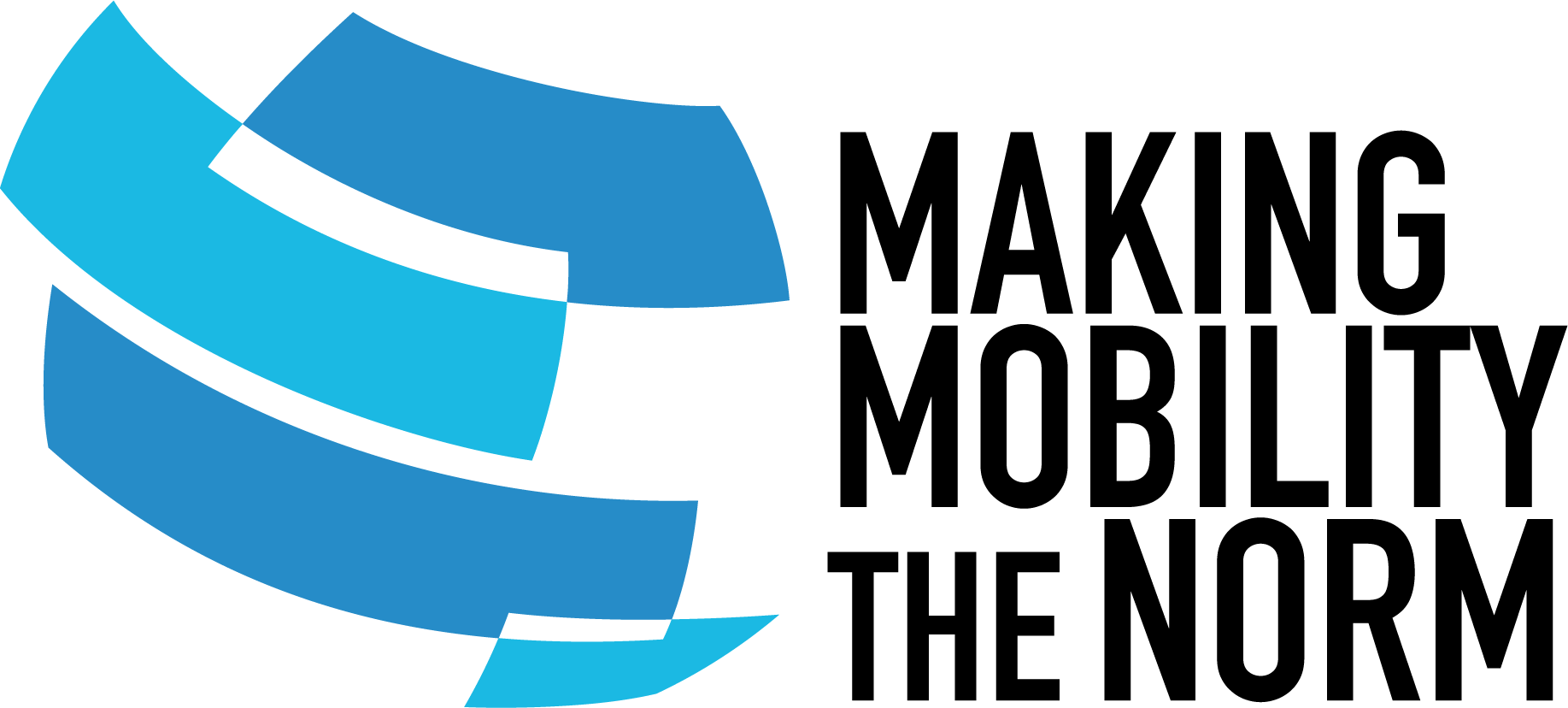Institution
Organizational Unit
Code
ΨΥ-300
ECTS
6
Language of instruction
Greek
Academic term
1/2
Title
ΣΤΑΤΙΣΤΙΚΗ Ι el
STATISTICS I en
Description
Introductory notions. Scales of measurement. Descriptive statistics, frequency distributions, graphic representation of frequency distributions, measures of central tendency (mean, mode, median), and measures of dispersion (range, variance, standard deviation, coefficient of variation). Introduction to correlation. Pearson correlation coefficient. Introduction to simple linear regression. Introduction to probability theory, normal distribution, chi-square, t-, and F-distributions. Basic concepts in estimation, confidence interval for means and proportions. Introduction to statistical hypothesis testing. Tests of means: one-sample t-test, t-tests for two independent and paired samples. Chi-square test of independence. Tests for equality of two proportions from independent and paired samples.
Learning outcomes
Upon successful completion of the course, students are expected to:
1.Deeply understand the utility of the statistical methodology as a means of presenting, analyzing and explaining the empirical data of a research study in the field of psychology.
2.Acquire knowledge for the correct application of the basic statistical methods that are applied in descriptive, correlational and experimental research.
3.Deeply understand the process of transforming theoretical research hypotheses into the corresponding statistical ones.
4.Be able to apply the appropriate basic statistical methods and explain the results in relation to the type of variables and research hypotheses. This is accomplished by dealing with numerical examples and exercises.
1.Deeply understand the utility of the statistical methodology as a means of presenting, analyzing and explaining the empirical data of a research study in the field of psychology.
2.Acquire knowledge for the correct application of the basic statistical methods that are applied in descriptive, correlational and experimental research.
3.Deeply understand the process of transforming theoretical research hypotheses into the corresponding statistical ones.
4.Be able to apply the appropriate basic statistical methods and explain the results in relation to the type of variables and research hypotheses. This is accomplished by dealing with numerical examples and exercises.
